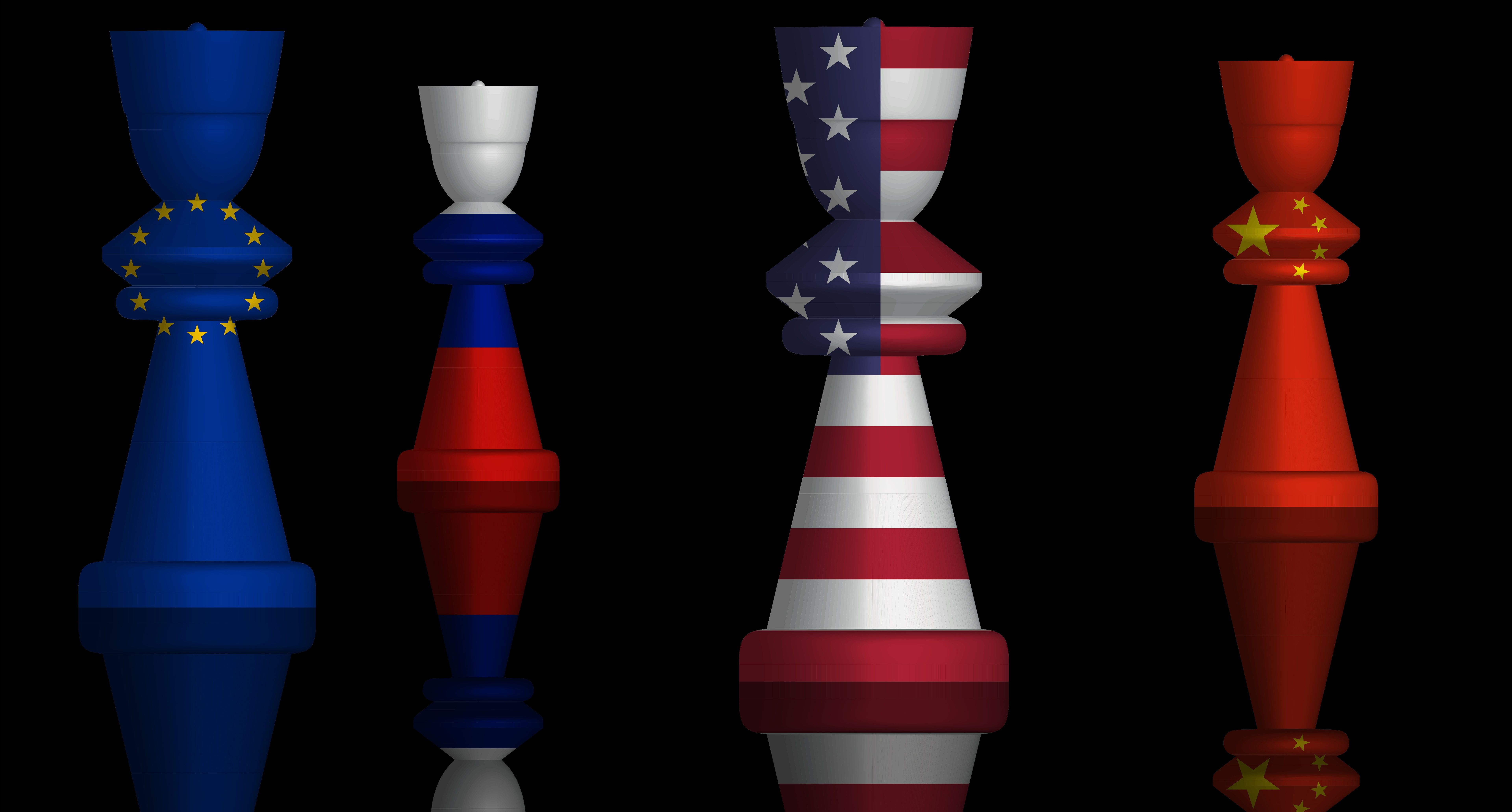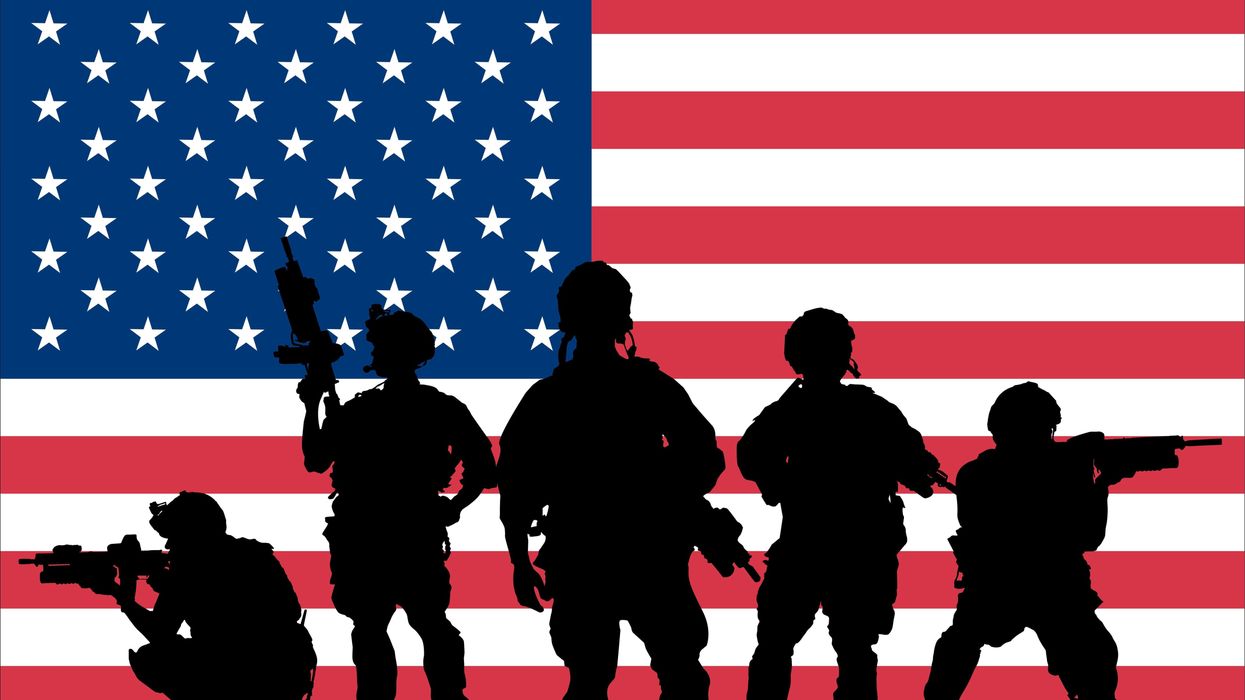Why did Europe go to war in 1914? How did the Cold War end? Will the U.S. and China go to war over Taiwan? Imagine a grand chessboard stretching across the globe, where great powers with vast resources strategize and maneuver their pieces.
In this high-stakes game of survival, each move reflects a nation's pursuit of security, wealth, prestige and influence. Every nation must navigate the wide and intricate web of alliances and trade, rivalries, and war. The great powers must vigilantly track all the pieces on the board and anticipate many moves ahead.
Every move — a trade agreement, military deployment, or diplomatic negotiation — can have far-reaching and unintended consequences. It can either strengthen bonds of cooperation or push nations closer to conflict.
Dale Copeland, professor of international relations at the University of Virginia, has authored two magisterial books on great power hostilities, which can serve as essential guides to this most dangerous and complex game. His 2014 Opus Magnum “Economic Interdependence and War” offers in-depth analyses of all the great power wars from the Napoleonic Wars to the end of the Cold War. His latest book, “A World Safe for Commerce” takes a comprehensive examination of U.S. foreign policy from the Revolution to China’s rise.
Both books present an impressive variety of evidence in favor of Copeland’s unique theoretical perspective, which he calls “dynamic realism.”
According to Copeland, dynamic realism synthesizes the greatest strengths of offensive and defensive realism by recognizing “how states grapple with the tension presented by needing to reduce simultaneously the risk of spirals of misunderstanding and the risk of not doing enough to build the nation’s power sphere.”
Copeland concurs with offensive realists that “rational security-maximizing states may need to expand to hedge against future threats.” But he just as strongly agrees with defensive realists that “if this expansionism ends up creating those future threats, then it may be self-defeating.” States constantly need to assess “the likelihood of the other being nasty rather than nice.”
Copeland’s second key distinction from other schools of realism is his emphasis on the significance of economic relations. He argues that the complex economies of great powers are deeply dependent on vital foreign markets, trade routes and raw materials. Their leaders view access to critical strategic commercial networks as a security necessity. If they anticipate positive trade relations with another nation will continue, they strengthen ties of peaceful cooperation.
However, if they fear losing access to crucial markets, they adopt hardline policies that often lead to war. “This tension between needing to expand one’s economic sphere of influence and wanting to avoid an escalatory spiral that might restrict access to vital markets is baked into the DNA of modern great power politics,” he says.
“Economic Interdependence and War” convincingly demonstrates that dynamic realism surpasses all other theories of international relations in explanatory power. Copeland shows that “in thirty of the forty case periods, economic interdependence played a moderate to strong causal role.” Trade expectations often mattered when we least expected it. Japan tried hard to make peace with the U.S. until 1941, when the U.S. embargo pushed its leaders into a desperate attempt to secure the nation’s survival through conquest and war.
Pessimistic trade expectations also exacerbated German fears of encirclement, which partially explain both world wars.
Copeland explores how regime type, interest groups and psychology shape great power dynamics, despite his conviction that domestic factors rarely serve as the primary cause of war. Ideological divides sparked the French revolutionary wars and intensified the Cold War. Nationalism drove the German and Italian wars of unification.
Copeland discusses statistical studies indicating that democracies are less likely to engage in conflict with one another only if both are developed nations. He suggests that developed nations are better positioned to cultivate strong trade ties. This perspective overlooks a crucial explanation highlighted by Jack Levy and William Thompson in their fact-filled book “The Arc of War” — developed states increase both the costs of war and the benefits of trade for every other nation.
As a result, developed nations are highly motivated to avoid conflict with each other. Although highly developed democracies and autocracies have frequently waged asymmetric wars against weaker opponents, the absence of war between them since 1945 offers hope that a stable peace among major powers is achievable.
“A World Safe for Commerce” is an engaging history of U.S. foreign policy that uncovers how the motives of American leaders were frequently less benign than most Americans think: “Even if they cloak their policies in the warm and fuzzy language of liberalism and freedom, and occasionally find themselves trapped by it, they are careful calculators of national security through the lens of commercial power.”
Copeland recounts that Britain’s harsh mercantilist restrictions pushed the American revolutionaries into their war for independence. The ideology of liberty only gained momentum when the first shots were fired. The Wars of 1812, the Mexican-American War, the Spanish-American War and numerous interventions in Latin America and Asia were all fought to safeguard and expand the U.S. sphere of economic interests.
The U.S. came close to war with Britain in 1916, but ultimately declared war on Germany when it became the greater threat to U.S. trade with Europe and Latin America. The massive expansion of U.S. power during World War II was primarily driven by the imperative to ensure access to global markets in order to counter the threat of Axis dominance over Eurasia.
The U.S. economic containment policy against the Soviet Union initiated the Cold War, while the lifting of U.S. sanctions played a crucial role in facilitating Gorbachev's efforts to bring about its end. Trade expectations and classic geopolitics also explain the wars in Korea and Vietnam.
Copeland outlines why China’s Belt and Road Initiative and military buildup could be interpreted as either aggressive moves or the predictable actions of a rising power seeking security and resources. He emphasizes the need for the U.S. to better understand the forces driving China’s behavior to craft “a balanced policy that both signals resolve and avoids creating spirals of hostility.” He argues that an all-out economic containment strategy and interference in China’s domestic policies could push China toward military conflict over disputed regions like Taiwan and the South China Sea.
In his view maintaining open trade and diplomacy can build trust and reduce fears of economic decline. He advises the U.S. to project military strength in East Asia to deter Chinese expansion, while reassuring China that economic engagement will continue as long as it avoids aggression.
The vivid historical case studies in both volumes are packed with surprising insights into the root causes of the largest wars in modern history, challenging the conventional wisdom. Copeland’s pioneering work serves as a dire warning that any “downward spiral in commercial and political relations” can lead us straight to catastrophe.
Indeed, wise leaders must play a grand chess game for peace.
















